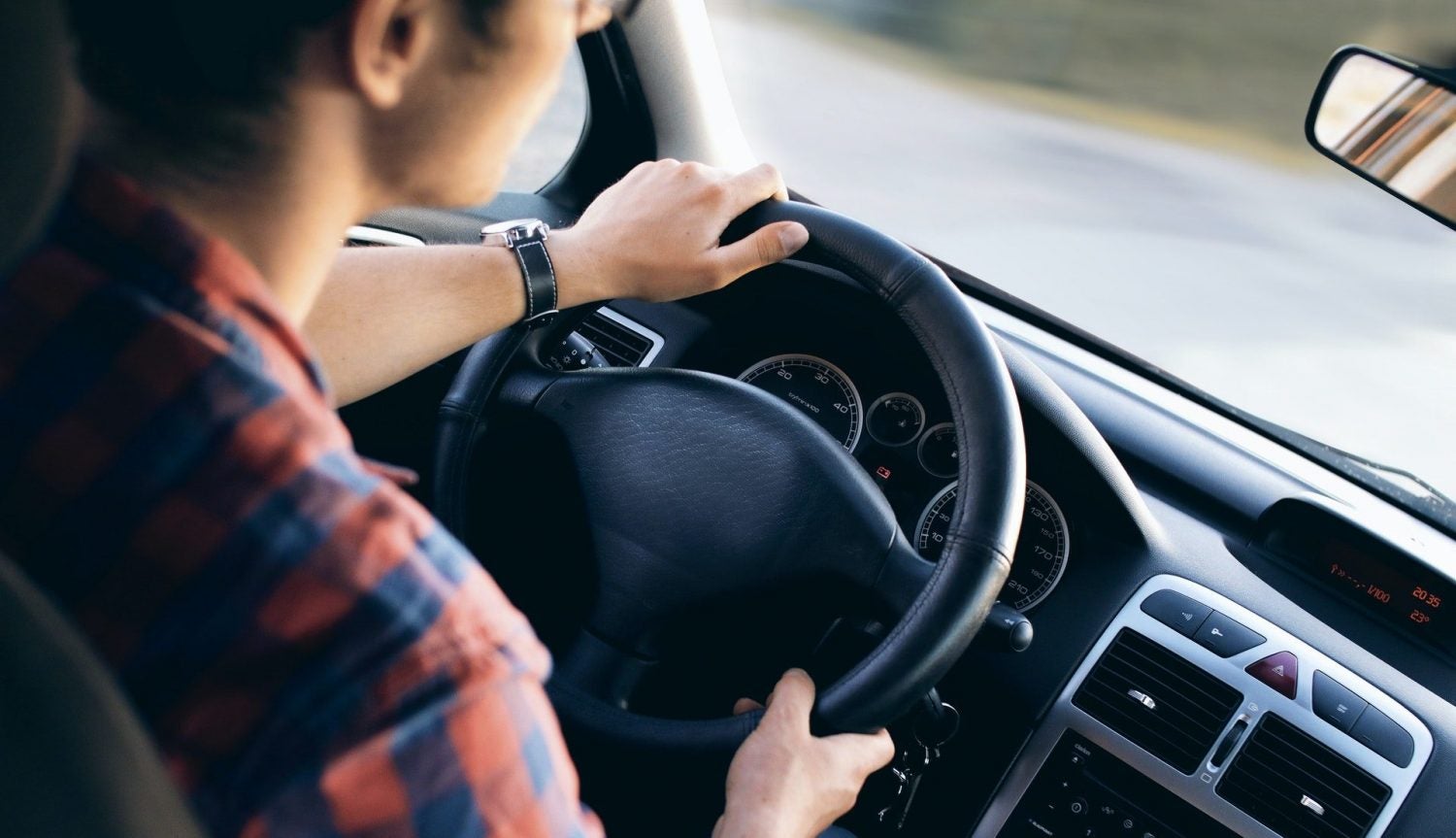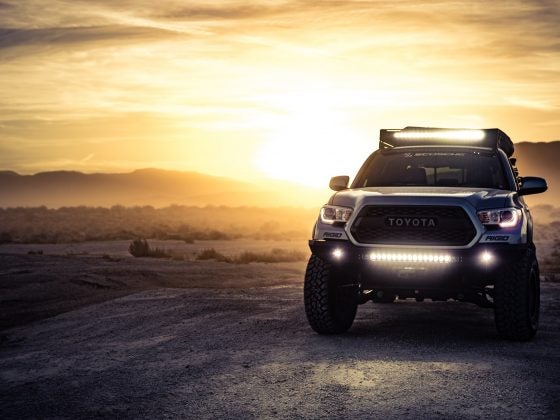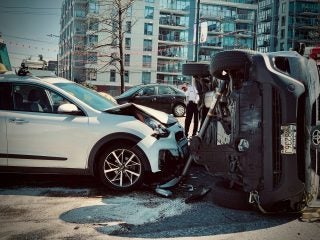When you have driving lessons, your instructor will help keep you on track; they will give you gentle reminders that ensure you have good driving habits.
One of the most interesting things about driving is that we pick up our bad habits by watching other drivers we know, like our parents. The instructor can help you unlearn most of them.
But once you have passed your test, even more learning will occur. You are now in charge of the whole vehicle; every decision and detail is your control.
Here are some tips for new drivers to be the best driver they can be, and to make the experience more enjoyable – and safe.
Mirrors
When you get in the instructor’s car, you will need to adjust the mirrors because other people have driven the car, which will become part of your cockpit check. But when you get in your car, you might start to let this slip. But, mirrors get knocked a lot, and that small adjustment might mean you can’t see as well as you should be able to.
Keep the habit of checking the mirrors every time you get in the car.
Tires
Although you may have been shown around the vehicle a few times, the instructor will take care of anything that happens with the learning car. Keeping the tires legal, ensuring they are clean, keeping all the fluid levels correct the instructor will do – but once you pass and have your own car, this becomes your responsibility.
On average, you need new tires every six years, but if you buy a second-hand car – as most first time drivers do, replace the tires asap unless they are brand new (with paperwork and warranty).
Watch Other Drivers
A lot of the real driving work comes from watching the other cars around you. When in a traffic file, this can be more difficult – but you can use taller cars to get a sense of the situation ahead.
If you notice cars in the lanes next to you are slowing down, it is good to follow suit carefully until you can see why they have taken that action. Often it can be an obstruction in the road, or they have a view of an unfolding situation that you don’t.
Company
It is common to be nervous in the early days of driving after your test. It can also feel strange not to have someone ‘capable’ in the car with you. For this reason, many people find it comforting to have someone in the car with them for their first few drives.
Choose a passenger that can drive so that if a situation arises that you haven’t experienced before, they can help guide you.
Don’t Speed
Once you aren’t under the watchful eye of the instructor, you might want to put your foot down and drive at speed. Speed limits aren’t there to limit the amount of fun you can have from driving, but they are there because those are the most likely speeds to keep people alive and safe in case of a crash.
If you want to race cars, then book an experience day specifically to race; never be tempted to do it while driving on regular roads.
Driving Conditions
You will experience all types of driving conditions once you pass your test. For example, if you take lessons and pass in the summer, the winter snow and low sun can be very difficult to drive in.
You need to adjust your driving to the condition, speed, maneuverability, and visibility you have. One of the keys to being a great driver is to know when you need to adapt.
You can leave earlier, drive slower, take a different route, and more to ensure you adapt to the conditions.
Defensive Driving
Driving defensively means you carefully plan your route, allow room for other cars, anticipate their movements, and understand that not all drivers are good drivers.
Another driver may pull out on you; they may make erratic turns and skip out on using indicators. Anticipate that, and drive accordingly.
Awareness is one of the most critical things about being a good new driver and avoiding becoming part of the large percentage of new drivers who have an accident.
Driving in different conditions is something that will happen over time, but big cities can be very overwhelming for new, or unconfident drivers: 9 USEFUL TIPS FOR DRIVING IN A BIG CITY FOR THE FIRST TIME.

















